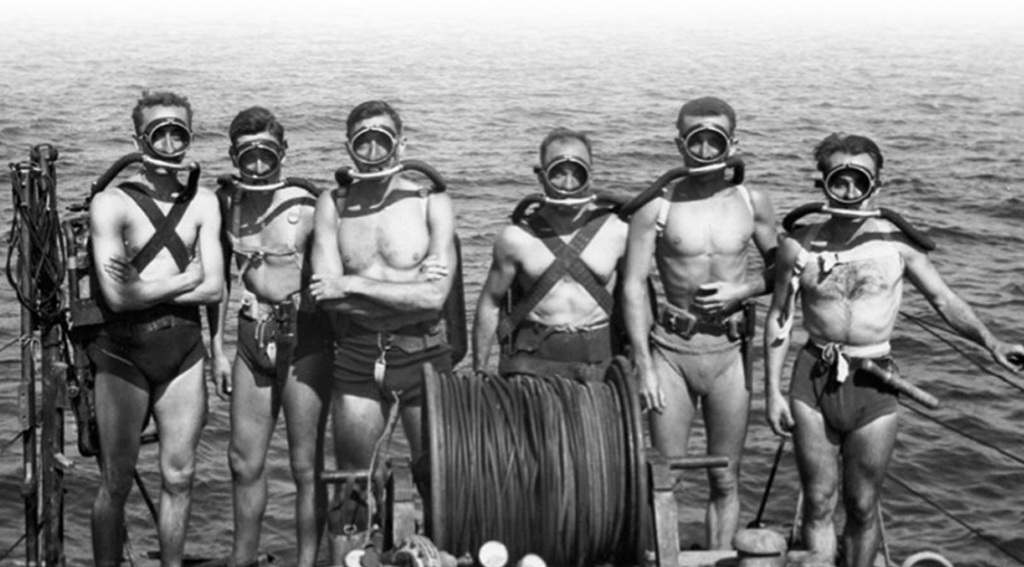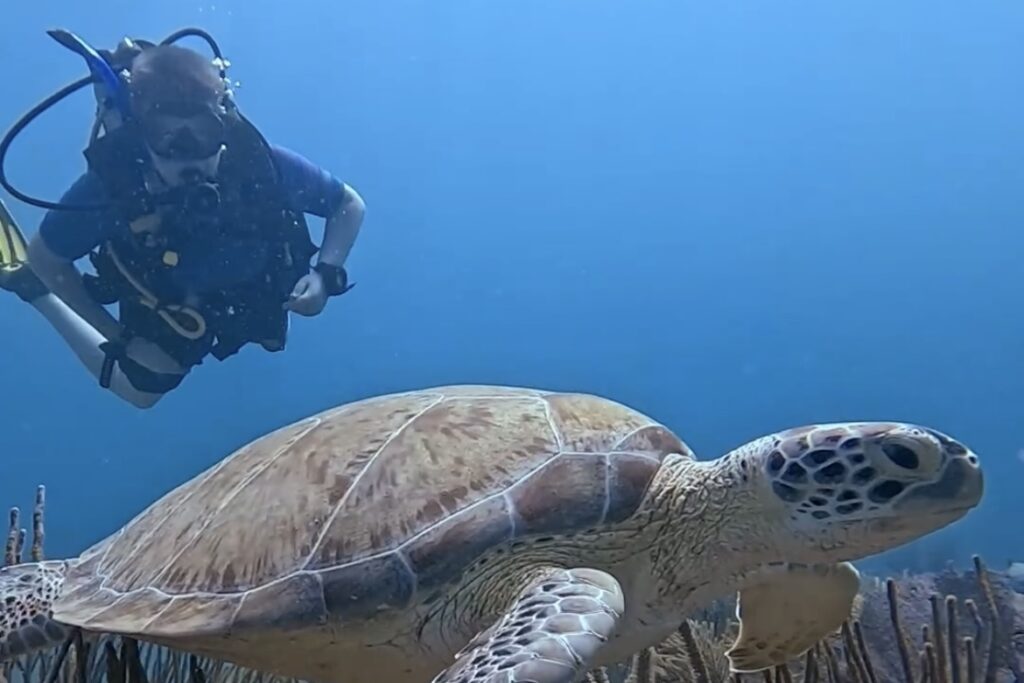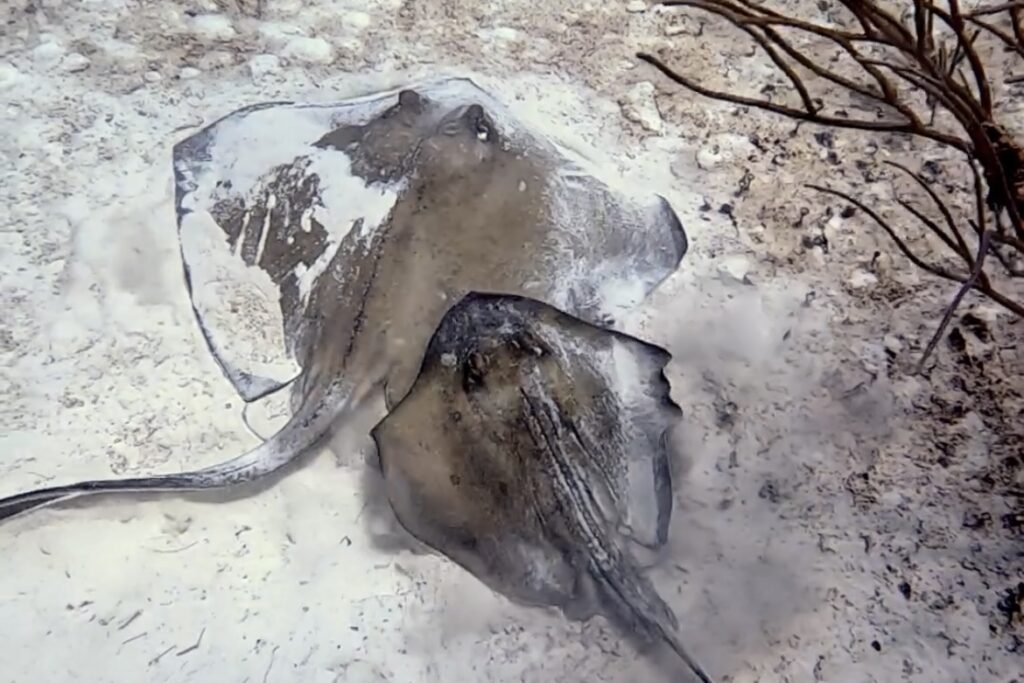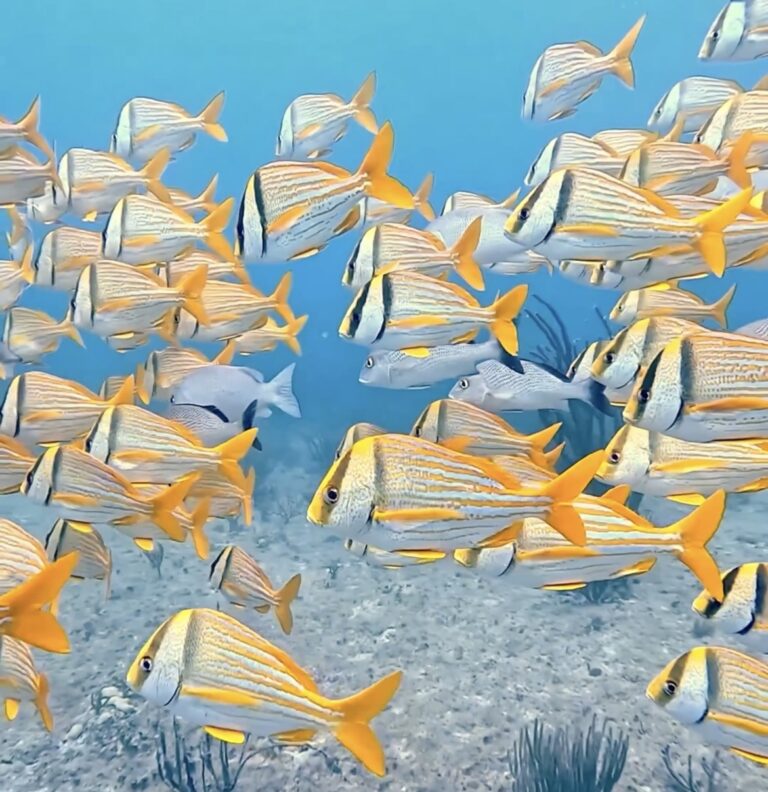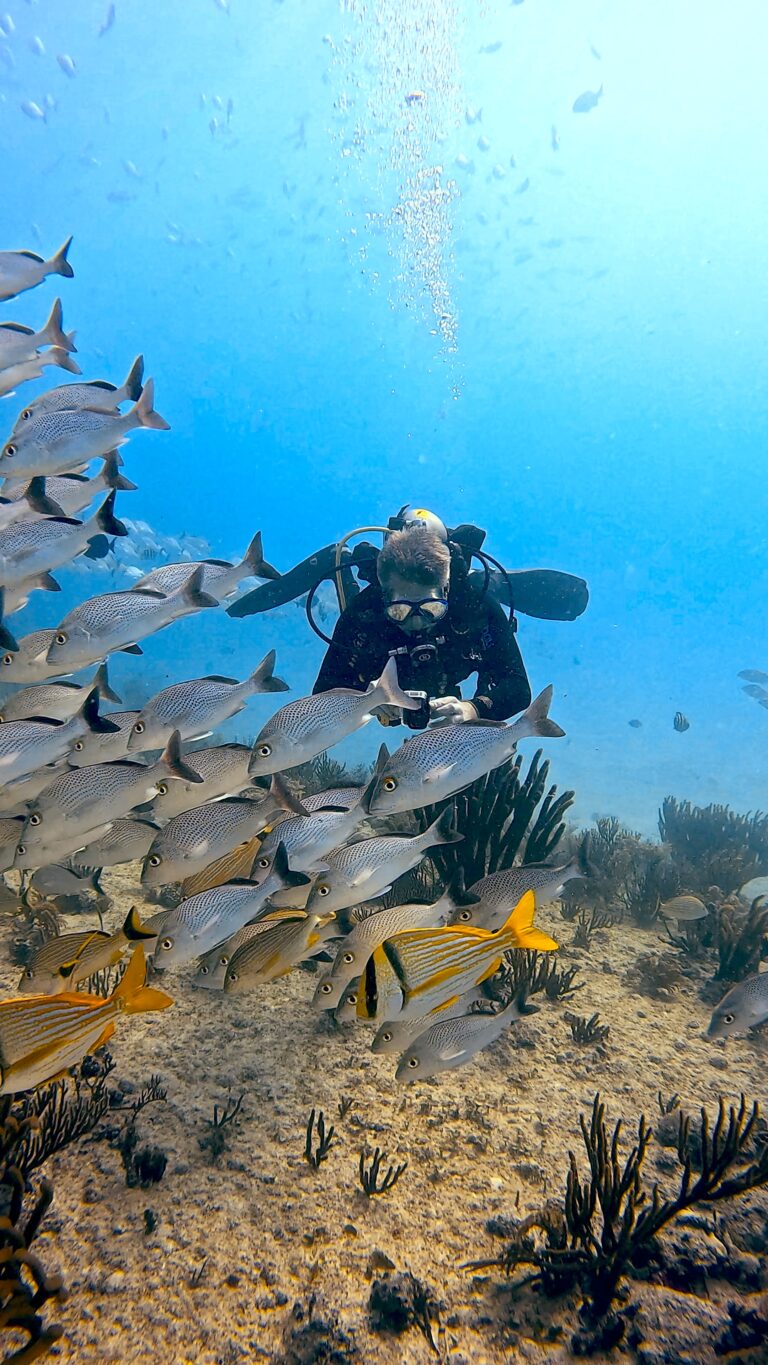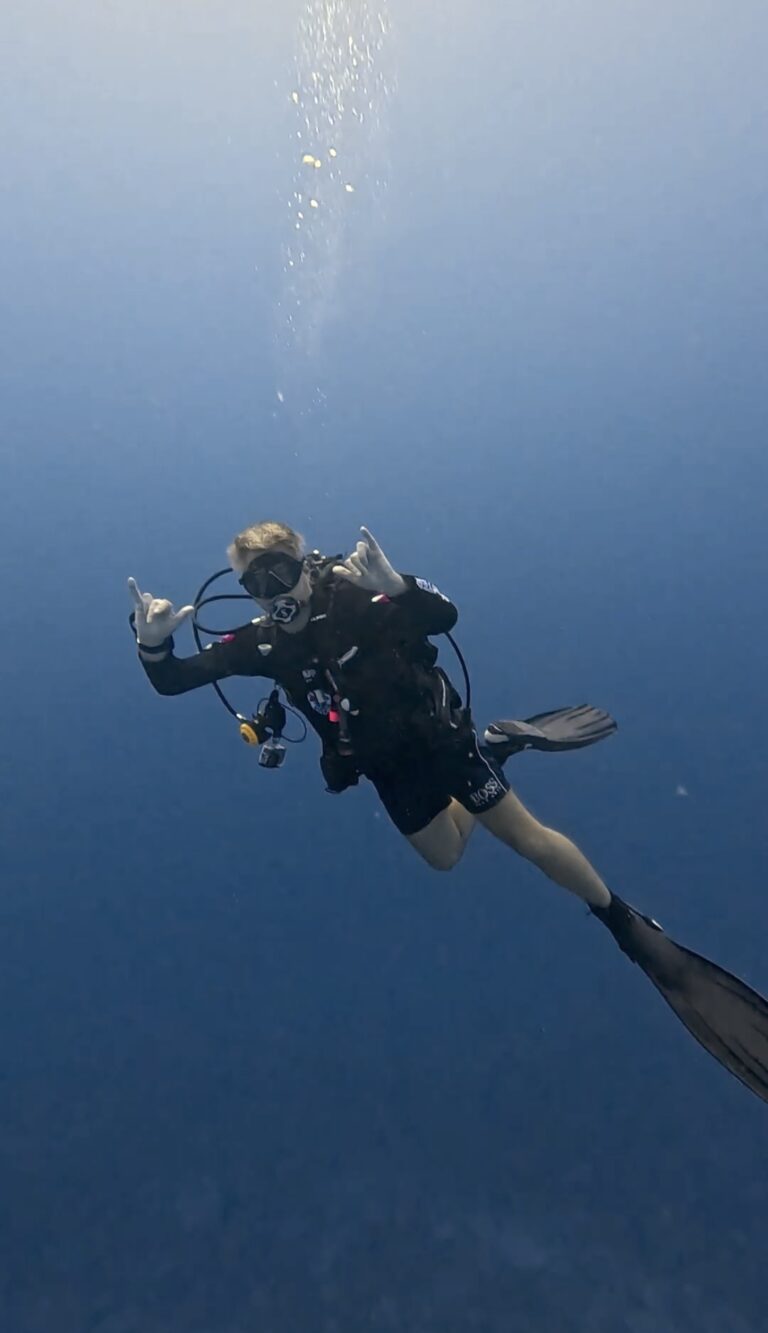From ancient beginnings to modern marvels, join us as we unravel the stories, innovations, and adventurers who have shaped this exhilarating pursuit. In this blog, we’ll dive into the evolution of underwater exploration, from the early breath-hold divers to the cutting-edge technology of today’s scuba gear.
Ancient civilizations like the Greeks, Persians, and Romans explored underwater using basic techniques and makeshift breathing devices like hollow reeds. They engaged in activities such as military operations, pearl diving, and sponge harvesting. These early methods later evolved into modern scuba diving.
In the 16th century, inventors started experimenting with diving bells, which trapped air for underwater breathing. Guilineo de Loreno developed the first immersion bell in 1535, allowing divers to take breaths from the surface intermittently. Despite its simplicity and danger, this method was used for two centuries in the 16th and 17th centuries.
In the 18th and 19th centuries, diving suits made of heavy materials like copper and leather enabled deeper dives and longer stays underwater, though divers remained tethered to the surface with limited mobility. Charles Anthony Deane patented a diving helmet linked to surface air in 1838, setting the stage for future developments.
The idea of self-contained underwater breathing apparatus, or “scuba,” began in the late 19th and early 20th centuries. Fun Fact – In 1921, magician and escape artist Harry Houdini created the Houdini suit, allowing divers to swiftly and safely remove it underwater.
In the mid-20th century, a pivotal advancement transformed scuba diving: the creation of the Aqualung by Jacques Cousteau and Emile Gagnan in 1943. This compact and portable device enabled divers to independently carry their air supply, liberating them from surface tethers. The Aqualung’s invention marked a groundbreaking moment in underwater exploration and recreational diving.
Post-World War II, returning soldiers, well-versed in scuba technology, fueled a global surge in recreational diving. In 1966, John Cronin and Ralph Erickson founded the Professional Association of Diving Instructors (PADI) to standardize diver training, aiming to make diving skills accessible and build confidence among enthusiasts.
In the 1950s, Jacques Cousteau popularized underwater filmmaking, inspiring interest in diving after wartime. Competition spurred innovation in scuba technology, transitioning from dual hose to single hose regulators. Wetsuits debuted, and in 1965, buoyancy control devices (BCDs) were introduced, marking key milestones in scuba diving evolution.
Environmental Awareness: As scuba diving became more popular, concerns about environmental conservation and marine ecosystem protection grew. Divers and organizations have played a significant role in advocating for marine conservation efforts and sustainable diving practices.
Today, scuba diving is enjoyed by millions of people around the world for recreational, scientific, and commercial purposes, offering unique opportunities to explore the wonders of the underwater world. From its humble beginnings to its status as a global pursuit, the journey through the history of scuba diving has been nothing short of inspiring.
